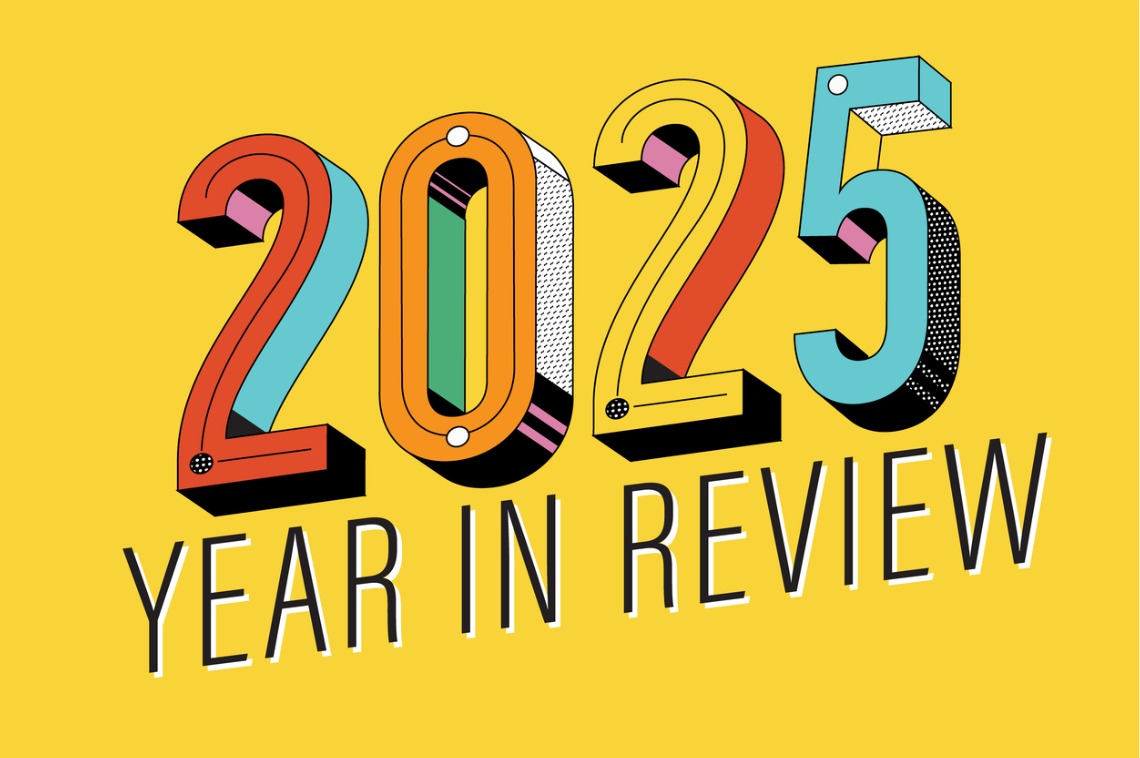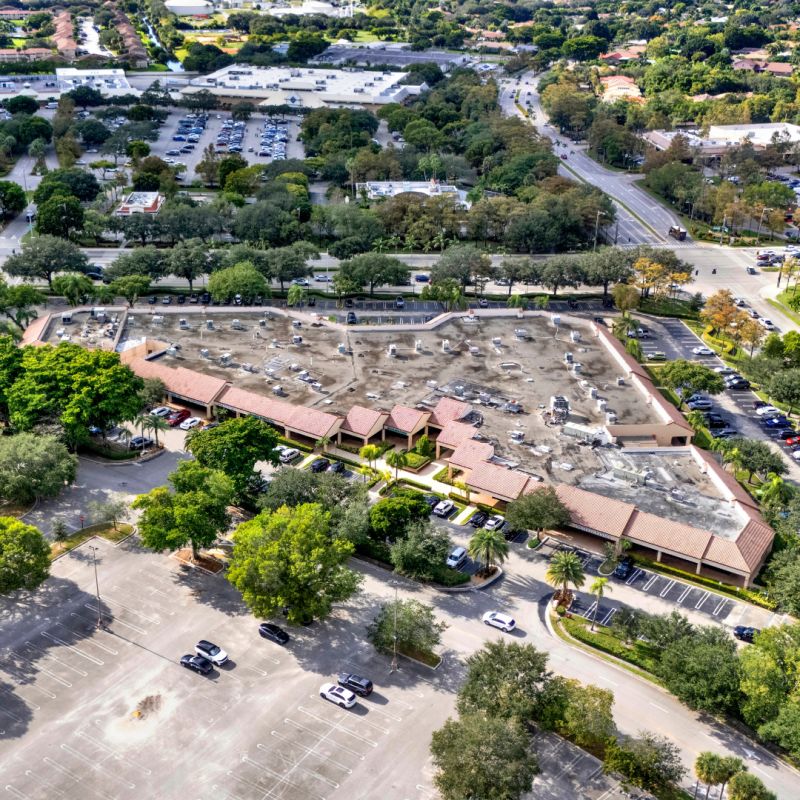F
oreclosure filings in the United States climbed again in August, with 35,697 properties entering the legal process of losing a home. The number dipped 1 % from July but rose 18 % compared with August 2024. ATTOM’s data show this is the sixth month in a row of year‑over‑year growth and the third month of double‑digit increases.
A foreclosure occurs when a lender repossesses a property after a borrower fails to meet mortgage payments. Once the lender regains control, the house is sold to recover the unpaid balance. The recent uptick signals mounting affordability strain as more households struggle to keep up with rising costs and high interest rates.
Hannah Jones, senior economic research analyst at Realtor.com®, notes that the surge reflects a broader affordability squeeze. “Home prices have fallen from pandemic highs in many markets, leaving owners in a precarious position—unable to sustain housing costs yet unable to sell without a loss,” she says. The August 2025 Monthly Housing Trends Report shows the national median list price at $429,990, unchanged from last year but 2.2 % lower than July, a typical late‑summer dip. The price per square foot remained flat, up just 0.1 %. Compared with pre‑pandemic levels, the median list price has risen 36.1 % since August 2019, and the price per square foot has climbed 51.3 %.
Foreclosure rates vary by state. Nationwide, one in every 3,987 homes had a filing in August. Nevada led with one in 2,069, followed by South Carolina (1 in 2,152) and Florida (1 in 2,512). In Florida, homeowners face a “trifecta” of challenges: adjustable‑rate mortgages resetting sharply higher, wind‑storm and flood insurance premiums doubling in many counties, and widespread under‑insurance after hurricanes. Chad D. Cummings, a real‑estate and tax attorney, explains that these pressures force sellers to accelerate listings or cut prices, while buyers may walk away when insurance costs push monthly payments beyond underwriting limits. Title insurers are flagging more distressed asset transfers, especially in metro areas such as Orlando, Fort Lauderdale, Dallas, and San Antonio.
At the metro level, the hardest‑hit markets include Lakeland, FL (1 in 1,212 homes), Columbia, SC (1 in 1,347), Chico, CA (1 in 1,545), Cleveland (1 in 1,755), and Ocala, FL (1 in 1,816). Among large metros with over a million residents, Cleveland tops the list, followed by Las Vegas (1 in 1,817), Jacksonville, FL (1 in 2,057), Houston (1 in 2,195), and Orlando, FL (1 in 2,210).
Rob Barber, ATTOM CEO, cautions that the rise in both foreclosure starts and completions indicates growing financial strain for some homeowners amid high costs and interest rates. “Buyers are renegotiating or walking away after learning that insurance premiums push total monthly costs beyond underwriting limits,” says Cummings.
The national increase is largely driven by new filings. In August, lenders began the foreclosure process on 24,254 properties—just 0.2 % fewer than July but 17 % higher than last year. Texas led with 2,982 starts, followed by Florida (2,803), California (2,558), New York (1,207), and Illinois (1,170). Jones notes that while foreclosures remain rare compared with pre‑pandemic norms, the growth emerging from historically low levels signals a real risk of gradual acceleration if affordability pressures persist.
Cummings highlights that the concentration of activity in Texas and Florida reflects rapid depletion of financial cushions. “Florida and Texas posted a combined 32,878 foreclosure starts in the first half of 2025, outpacing 2022 levels and approaching pre‑pandemic numbers by far,” he says. “Home equity lines, tax refunds, and pandemic savings have all been tapped.”
Metro‑level data show New York leading with 1,431 starts, followed by Houston (1,178), Chicago (1,009), Los Angeles (862), and Miami (748). Cummings stresses the importance of early legal consultation: “When foreclosure risk becomes probable, timing is everything. By the time some clients reach my office, options have narrowed significantly.”
In summary, August’s foreclosure filings demonstrate a continued rise in the U.S., driven by affordability challenges, high interest rates, and insurance costs. While the numbers remain below pre‑pandemic peaks, the trend of increasing starts and completions signals that some homeowners are under mounting financial pressure. The situation is most acute in Nevada, South Carolina, and Florida, with significant activity in key metros such as Cleveland, Las Vegas, Jacksonville, Houston, and Orlando. Early intervention and careful financial planning are essential to mitigate the risk of foreclosure in this evolving market.















